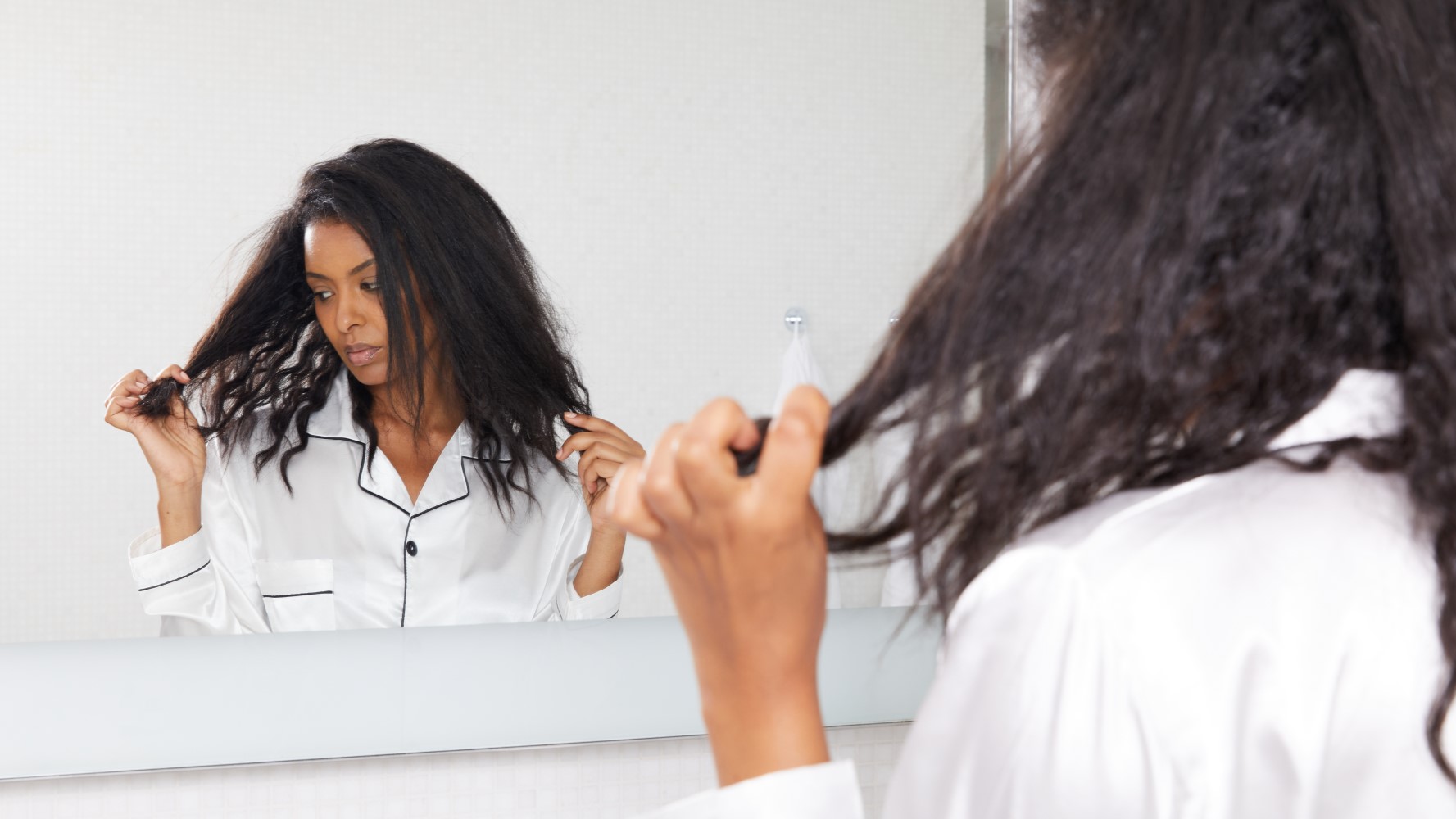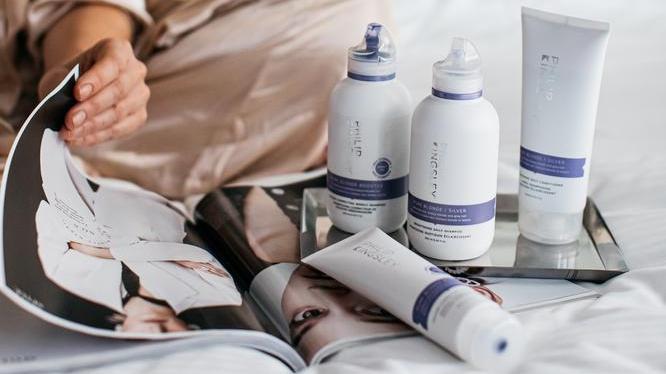PPDs are popular because they help maintain colour integrity and give a natural shade. However, they can cause irritation and allergic reactions.
A reaction to a PPD dye can range from a slightly tingly, red or itchy scalp, to anaphylactic shock. Severe allergic reactions to PPD dyes are rare: it is estimated that 4 in 1 million people will have a serious reaction to a hair dye. However, they can happen. The small percentage of risk tends to discourage people from doing a patch test — but we highly recommend you do one before using any dye containing PPD.
Patch-testing may be inconvenient, but it is worth it. A patch test should be done before every colour application, because an allergy can develop between uses. Changes in stress, diet, medication or environment can all heighten your risk of developing a sensitivity.
Bleaches
It is usually not necessary to have a skin sensitivity test (patch test) for bleaches when they are used on their own. However, bleaching agents usually have various colours added to stop them giving your hair brassy or straw-like shades. If a dye is added to your bleach, you should always do a patch test beforehand.
Bleaches can cause burns to your scalp (or any tissue that they come into contact with). If you feel a burning or otherwise uncomfortable sensation on your scalp, do not ignore it, even if your stylist claims it is normal. Insist that any discomfort is attended to immediately.
How To Do a Patch Test
- Apply a small amount of the dye to the underside of your wrist, or to the back of your ear
- Wait for 24 hours to monitor any reaction
- People usually only do a patch test the first time they colour their hair, or when changing a colour. However, a test should be done before every colour application, because an allergy can develop between uses.





